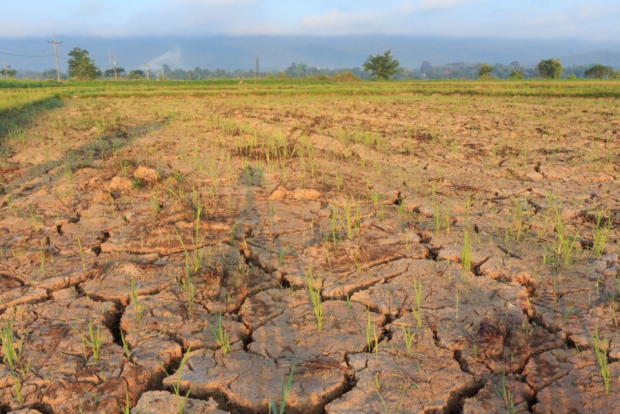-
Tips for becoming a good boxer - November 6, 2020
-
7 expert tips for making your hens night a memorable one - November 6, 2020
-
5 reasons to host your Christmas party on a cruise boat - November 6, 2020
-
What to do when you’re charged with a crime - November 6, 2020
-
Should you get one or multiple dogs? Here’s all you need to know - November 3, 2020
-
A Guide: How to Build Your Very Own Magic Mirror - February 14, 2019
-
Our Top Inspirational Baseball Stars - November 24, 2018
-
Five Tech Tools That Will Help You Turn Your Blog into a Business - November 24, 2018
-
How to Indulge on Vacation without Expanding Your Waist - November 9, 2018
-
5 Strategies for Businesses to Appeal to Today’s Increasingly Mobile-Crazed Customers - November 9, 2018
2015 to be hottest on record
China had its warmest January-to-October period on record, Africa is experiencing its second warmest year on record, while temperatures have also soared in western North America, large parts of South America, Africa and southern and eastern Eurasia.
Advertisement
In early November, WMO scientists reported that for three months this spring the concentration of Carbon dioxide in the atmosphere averaged more than 400 parts per million, an all-time high. This 1 degree Celsius threshold will probably be crossed and this is a telltale sign of bad news for the entire planet. He adds how research indicates the probability of these extreme conditions, rising by a factor of 10 due to climate change. A year ago also marked Earth’s hottest on record.
Any change to sea temperature is potentially very significant in terms of impacts on Australia’s weather, from droughts to flooding rains.
The WMO has prepared the analysis ahead of the COP21, the United Nations climate change conference in Paris which begins on Monday to decide a global emissions reduction goal.
The WMO reports that temperatures will reach the milestone of 1 degree Celsius over the pre-industrial era, and says the recent trend of hot temperatures is caused by human-induced global warming and strong El Niño events.
The global temperature for the first ten months of the year was nearly a degree above the 1961-90 average of 14C, according to data from the Met Office, which contributed to the WMO report. Ocean surface temperatures have been at their highest ever since measurements were taken, which is a really bad news for our beloved planet. On an industrial level, methods to curtail greenhouse gas emissions from the most obvious culprits, like power stations, transportation, cement, farming, and fertilizers, need to opt for greener technologies, he urged.
This year has already logged the warmest March, May, June, July, August, September and October on record, according to monthly reports by the U.S. National Oceanic and Atmospheric Administration.
El Nino years are growing hotter, and even the counter-phenomenon La Nina, which tends to bring cooler temperatures, is far warmer than a few decades ago, Jarraud said. “The year whose annual mean temperature is likely to be most strongly influenced by the current El Nino is 2016 rather than 2015”, the WMO said. “The world’s ten warmest years have all occurred since 1998, with eight of them being since 2005”, the WMO said.
Advertisement
“What we call a cold year now would have been considered a record warm year before 1997”, he added.




























